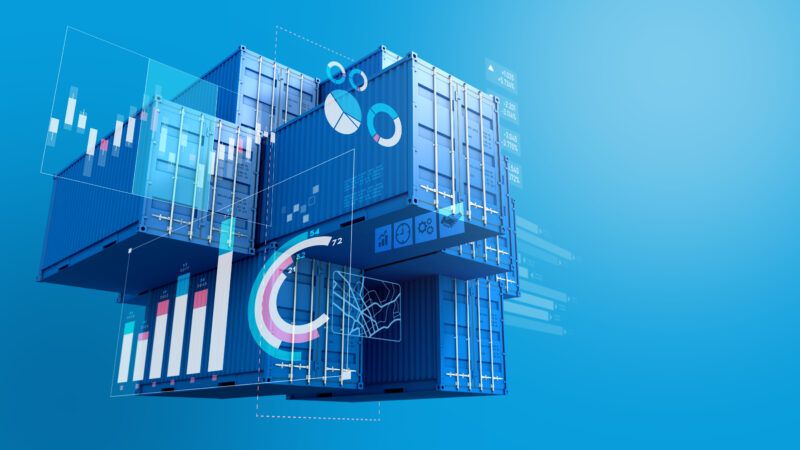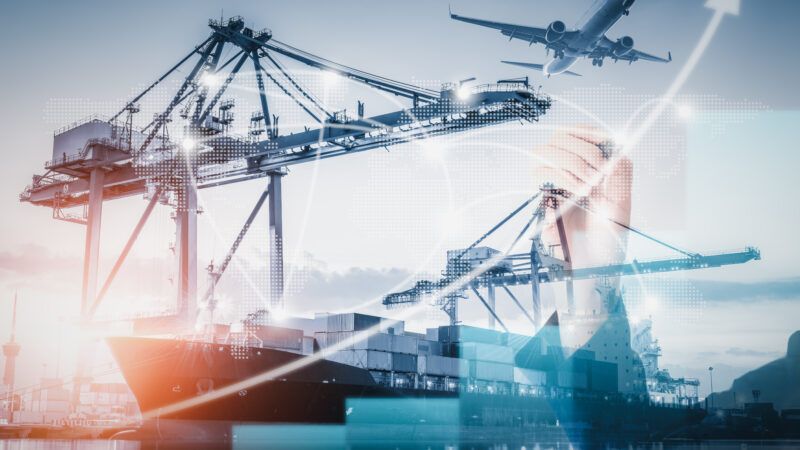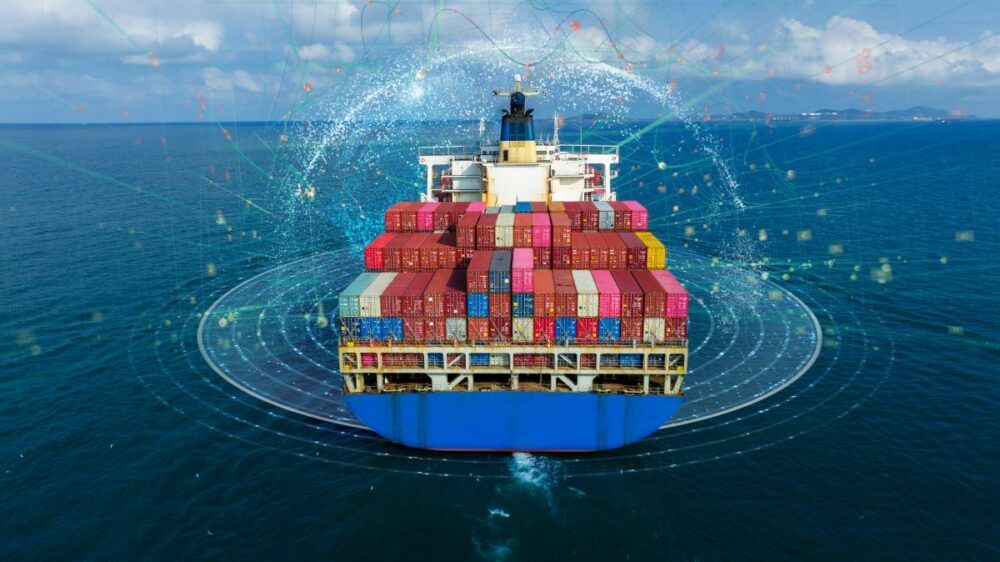 A Digital Twin could help us better understand the reality in which we work, in order to better justify our decisions (Getty Images).
A Digital Twin could help us better understand the reality in which we work, in order to better justify our decisions (Getty Images).
Can a digital twin help ports improve their efficiency?
The Digital Twin is one of the most promising solutions in the field of digitalization. It could be useful for different port activities, providing essential support in efficiency improvements. However, there are some obstacles which could slow down its development.

Chiara Saragani is a researcher at CENIT and PhD student in digitalization at the Port of Barcelona.
 A Digital Twin could help us better understand the reality in which we work, in order to better justify our decisions (Getty Images).
A Digital Twin could help us better understand the reality in which we work, in order to better justify our decisions (Getty Images).
WHAT IS A DIGITAL TWIN?
A Digital Twin is a virtual representation of a physical environment. This technology intends to reproduce the behavior of the real world and is constantly updated with real-time data, in order to always be faithful to what it is representing.
Indeed, it could keep track of past, present and future events, and have the ability to evaluate, optimize, and predict information. As a consequence of its characteristics, a Digital Twin could help us to better understand the reality in which we are working, in order to better justify our decisions.
A Digital Twin can not only be used as a support for scenario evaluation, it can also directly influence the real world. Indeed, it is able to make decisions alone, using information that comes from the environment.
The benefits that derive from a Digital Twin can be also used by ports. Some authorities have already implemented this technology, applying its solutions across different aspects and sectors within a port environment.
A DIGITAL TWIN COULD IMPROVE EFFICIENCY IN PORT ACTIVITIES…
A Digital Twin has the potential to encompass a wide range of activities in different sectors. Indeed, its functionalities may vary from simple data reporting to scenario prediction. Each one of its skills has a different degree of complexity. Some of its main characteristics are as follows:
- Data visualization. This activity involves optimizing data organization and presenting it through different types of user interfaces. In this step, the technology could guarantee the continuous updating of such information through real-time data collection.
- Simulation. Data collected from a real environment can not only reproduce what is happening, but also estimate what could happen in the future as a consequence of different choices. Hence, it can create different simulated scenarios in order to help people better explain their decisions.
- Data analysis. Starting with raw data, a Digital Twin can aggregate it, resulting in higher quality information, which can integrate information from different sources. Moreover, different statistical and/or logical techniques could be applied.
- Decision making. A Digital Twin can make decisions, so it can determine when some actions are needed. For example, calling the police when an accident is happening.
- Automatization. This technology could automate such actions which do not need manual intervention, improving efficiency in certain departments, and reducing time wasting.
- Prediction. The Digital Twin could include machine learning algorithms that can predict future events, providing a strategic advantage by allowing for timely decision-making. The model would continuously improve itself over time through autonomous training.
- Safety and security management. One of the ways that a Digital Twin gathers data is through sensors. In this way, the information captured from these devices could help promptly inform the authorities in case of an accident.
- Data storage and management. Data could be stored in a Digital Twin, which could optimize the collection of this information, in order to manage data autonomously for expanding available storage space.
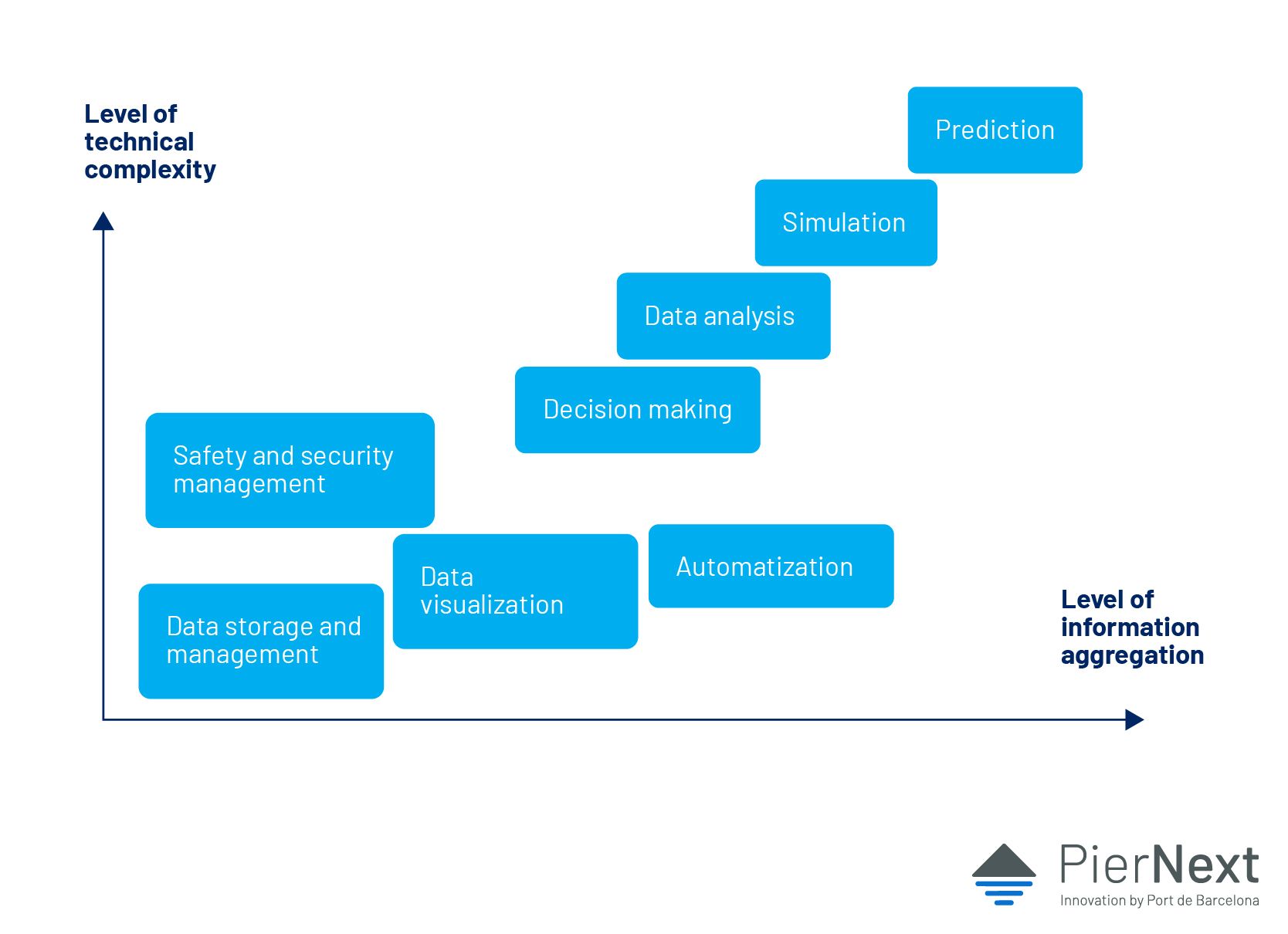
… BUT WHAT ARE ITS WEAK POINTS?
Even if the Digital Twin is one of the most promising technologies in the current digitalization era, it is still in its first stages of implementation. The main benefits of this technology are already known, but some obstacles exist.
First of all, a Digital Twin manages huge amounts of data from many sources in the real environment. Indeed, data could be provided from sensors, statistical analysis, documents, etc. The management of these large quantities of information requires experts who are able to first clean the data, then use it and, finally, store it efficiently.
Moreover, this technology requires big investments, not only at the very early stages, but also during its operability.
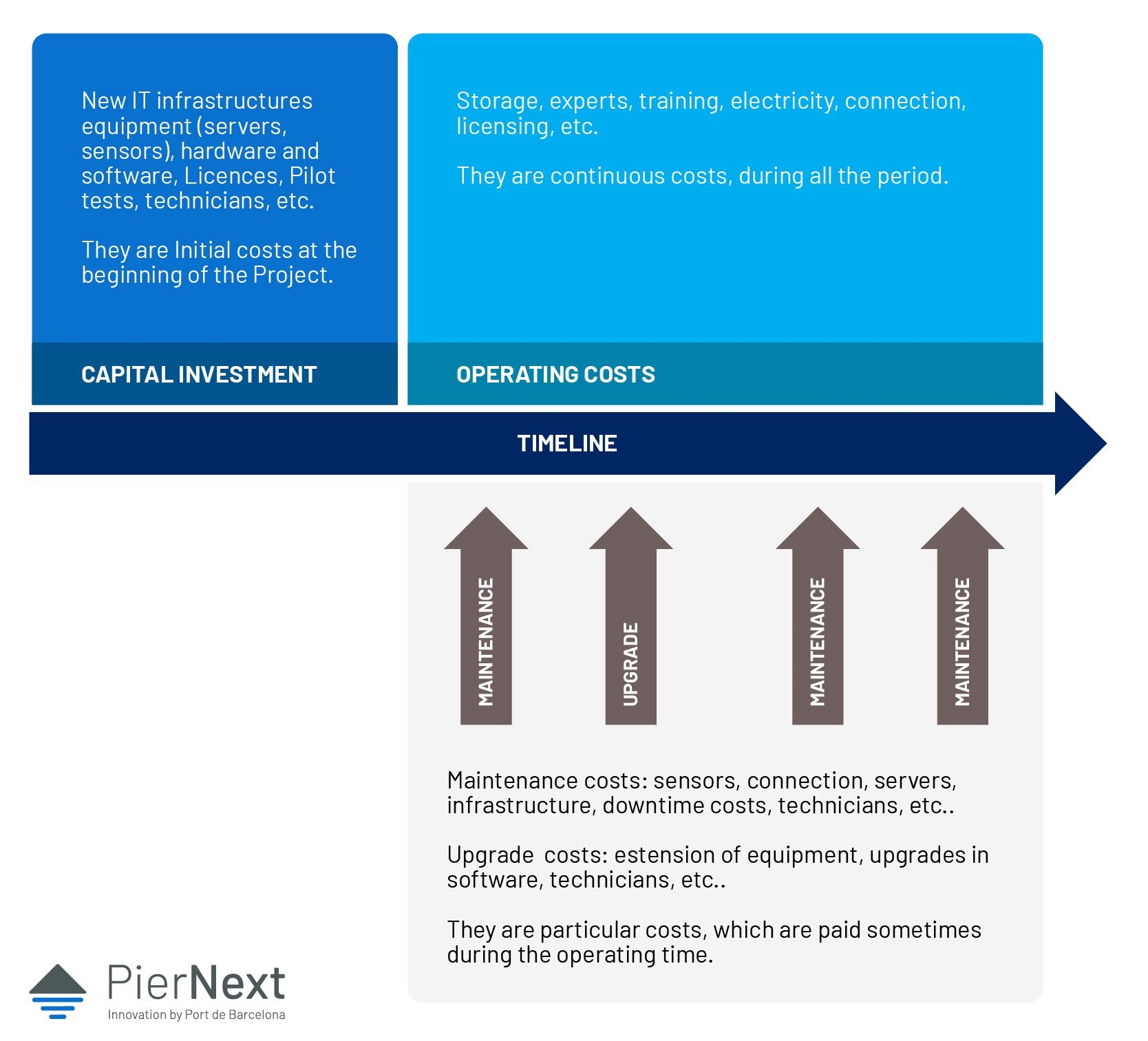
Another important factor for implementing a Digital Twin is that it can be integrated with the existing IT infrastructure of its operational environment. Conversely, failing to integrate it properly can lead to duplicate tools development and higher costs.
In addition, for the optimal use of such technology, competent users are required. Indeed, a Digital Twin not only requires technicians for its correct implementation, but it also needs experienced end users able to work with it.
Without adequate training, individuals do not understand why the investment in a Digital Twin could be useful for improving efficiency, and they would not be able to take advantage of the technology's services.
Finally, one important issue for the use of a Digital Twin in ports is the variety of stakeholders that work there. Indeed, data could come from many actors (like the port authority, terminals, port services, and so on) and each one of these entities has different types of information and data collection procedures. One potential risk in Digital Twin implementation is the impossibility of connecting all aspects of the port environment.
SOME USE CASES OF DIGITAL TWIN IMPLEMENTATION IN PORTS
In the ports sector, some use cases are already in the development stage. These examples touched on some of the previously described functionalities. For sure, due to the large variety of activities that a Digital Twin can cover, each pilot, as well as its focus, is different. In other words, with respect to the environment, port authorities have adopted different strategies for taking advantage of this technology.
In 2020, the Port of Antwerp-Bruges launched APICA, the Digital Twin which will be able to fully monitor the overall situation in the port’s boundaries.
More specifically, the new technology is able to represent information from different geographic layers – i.e. water, environment, roads, railways and nature – and it reports updated daily data like weather conditions and current traffic flow, on both the maritime and inland side.
In addition, it is able to detect alerts inside the port and, in case an inspection is needed, it can send a drone to check the environment. This activity is also possible thanks to the interconnection of different sensors installed in port territory.
The general objective is to optimize activities inside the port, by monitoring factors such as shore power efficiency, the current level of energy stored by wind turbines, and other tasks that will benefit in the future from prediction models.
The Port of Barcelona is developing a Digital Twin in order to calculate emissions produced by each vessel entering or exiting the port. More specifically, the project has four main objectives, which are:
- Automation the computing of port emissions: the use of the Digital Twin will permit the attainment of desired results.
- Emissions dispersion in the city: emissions coming from vessels going to the city will be analysed, with respect to the daily wind factor.
- Open API with user interface: data coming from the Digital Twin will be available to download to everyone and will also be represented with a user interface.
- Prediction modelling: The future step will be the prediction of emissions which will be produced in the port with respect to scheduled arrivals.

The previous tool will play an important role in emissions monitoring, with the aim of reducing them in the future. Moreover, it will open possible collaboration between the port and the city, concerning the future strategies towards decarbonization. Finally, it will offer a transparent image of the port itself.
The initiative is one of the projects in which the Port of Barcelona actively participates as part of the PIONEERS European project.
The Digital Twin of the Port of Qingdao has many different objectives for the optimization of terminal activities.
First of all, it is able to collect real-time information coming from different operational systems, in order to provide final outputs derived from the aggregation of different resources. Moreover, data coming from the physical world are collected into the new system, in order to reproduce the situation of ongoing operational processes synchronously. Finally, real outputs are used to control the virtual ones and also correct the system in case of a fault.
The previous procedures are necessary for data visualization and traceability. The overall system permits the monitoring of the port and how its tools are used. Moreover, different simulations could be developed, in order to analyze how to optimize the terminals productivity.
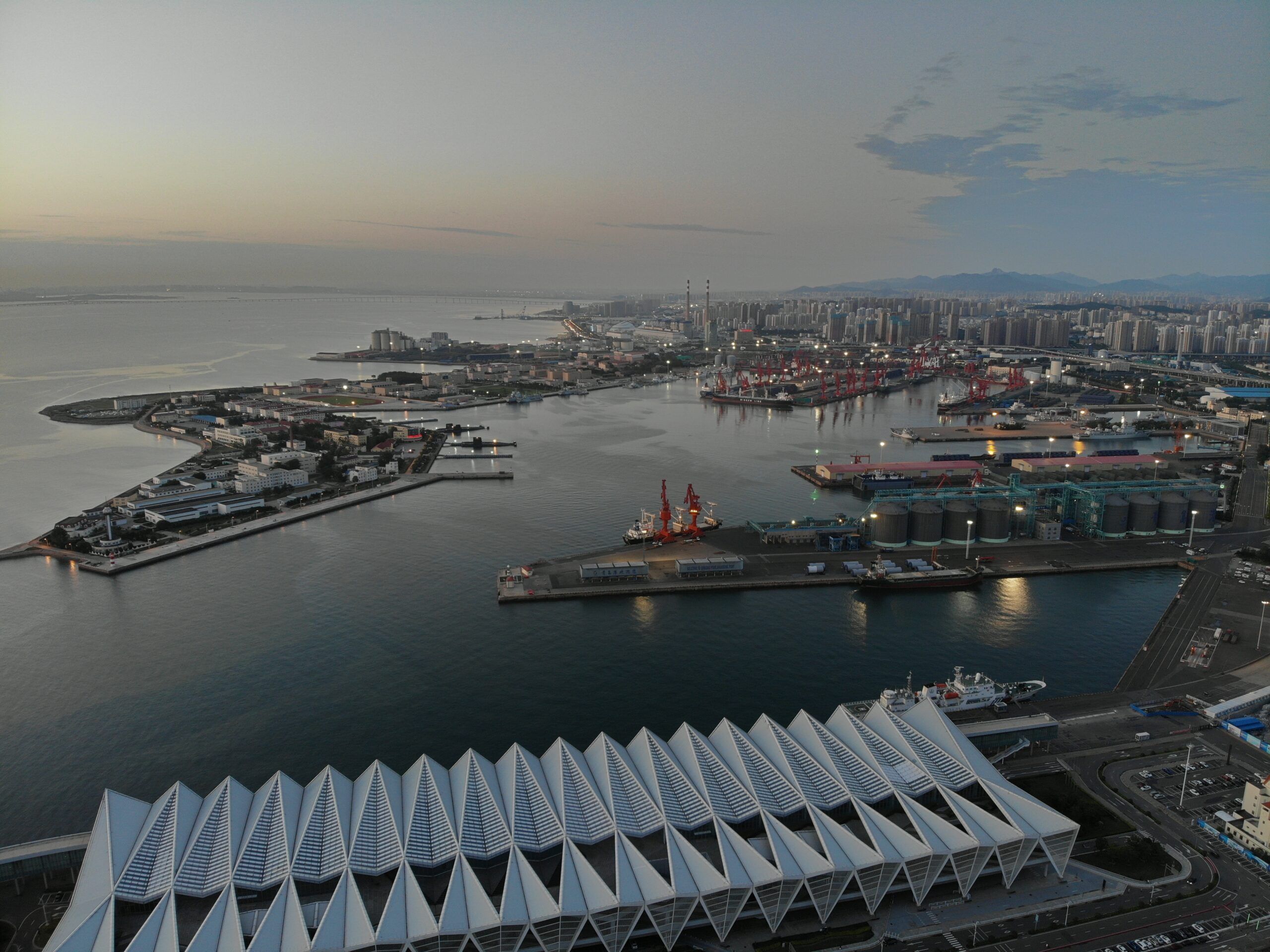
One of the examples of the use of a Digital Twin in port terminals is the optimization of AGV paths in the system. Their information is constantly transmitted thanks to the 5G connection, which allows a complete overview of the environment. Indeed, the Digital Twin is able to optimize AGV paths, utilization rates and power consumption, monitoring the following activities:
- Idle standby.
- Moving to quay crane.
- Waiting for operation.
- Box handover with quay crane operation.
- Moving to rail crane.
- Waiting for rail crane operation.
- Box handover with rail crane.
The Port of Singapore is working with their Institutes of Higher Learning to develop a Digital Twin composed of three main layers, which are the sea surface, the air above and the subsea layer. Different use cases are planned to be applied in the future, and one of them is the use of drones for maritime services.
Moreover, the Port of Singapore hopes the Digital Twin will become a “living laboratory”, which could be used by startups to test, evaluate and develop their initiatives. This important tool could help them to analyze the benefits they can offer to the port itself and where there is potential for improvements.
The technical structure of the Digital Twin will include a hybrid model, which is composed of the following elements:
- Both online and offline data from IoT and sensors.
- Physics Based Model.
- Event Based Model/Agent Based Model.
The new system will be able to evaluate and optimize activities and also control in real time what is happening in the port. The system will make the port more resilient and capable of responding to possible disruptive events.
Finally, the Digital Twin will be developed using the O2DES.NET framework, which is used for object-oriented discrete event simulation. This kind of model is able to describe precisely the structure and behavior of a system.
The Port of Rotterdam started developing its Digital Twin in 2018, with the creation of an IoT cloud-based platform, together with IBM, Esri Cisco and Axians. The Digital Twin began by offering hydrological and meteorological data. However, the platform will be used for different purposes in the future, like waiting time reduction, mooring optimization, loading and departure improvement.
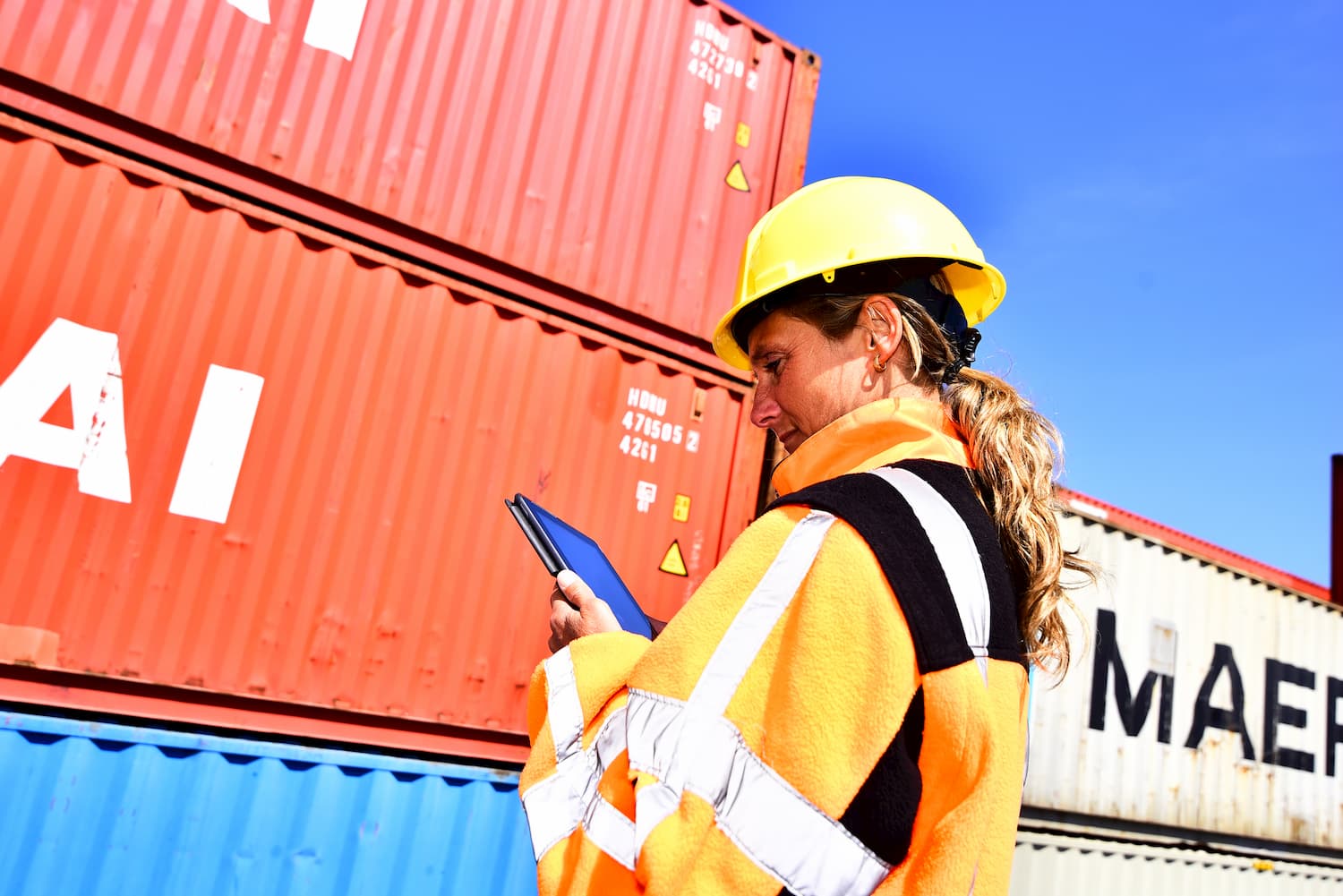
Currently, one of the implemented applications comes from the collaboration with Twinn (a maritime software solution), aimed at developing a Digital Twin to enhance the safety of its berth. More specifically, the new technology controls vessels during their mooring time, combining hydrodynamic calculations and weather forecasting.
Data gathered helps to predict vessel dynamics during their stay in the port, to have a total overview of current vessels, and to improve their locations with respect to their possible future movements during their stay.
The previous use cases demonstrate the wide range of applications of a Digital Twin in a port. Moreover, they can confirm that it is possible to overcome the challenges of this technology. How many other things can we achieve with other Digital Twin applications?



